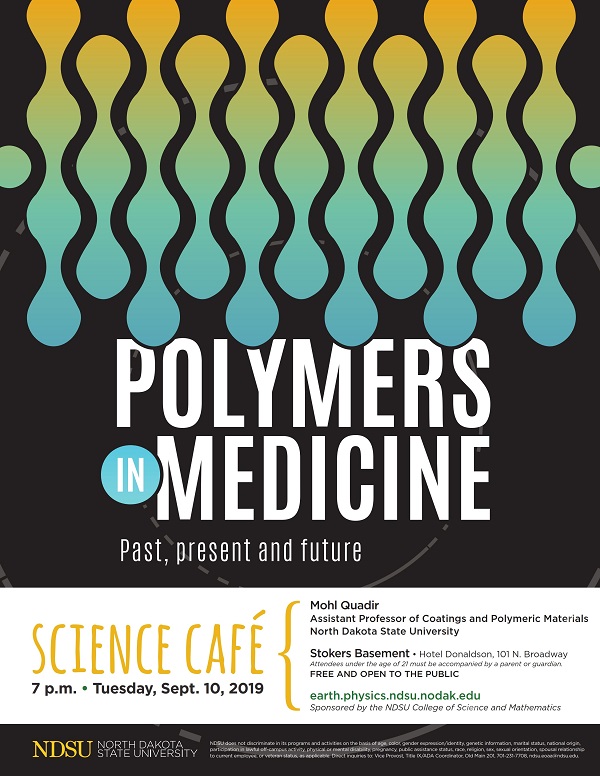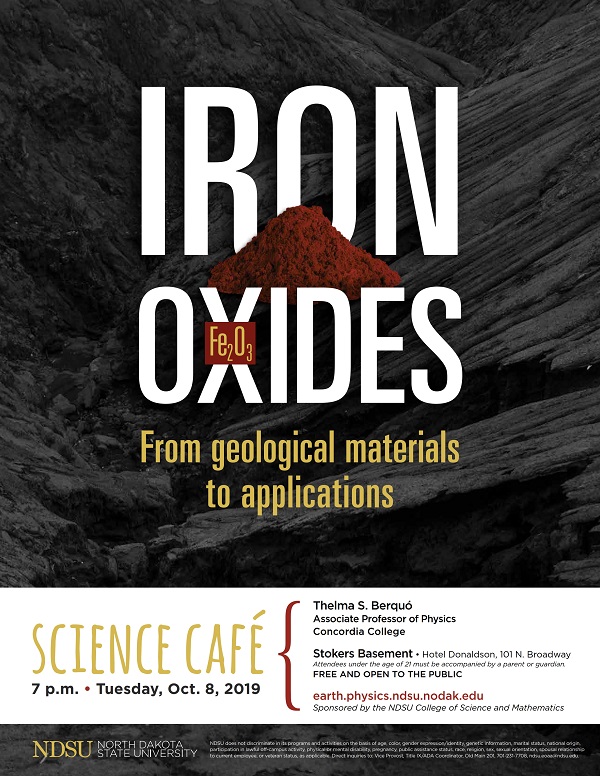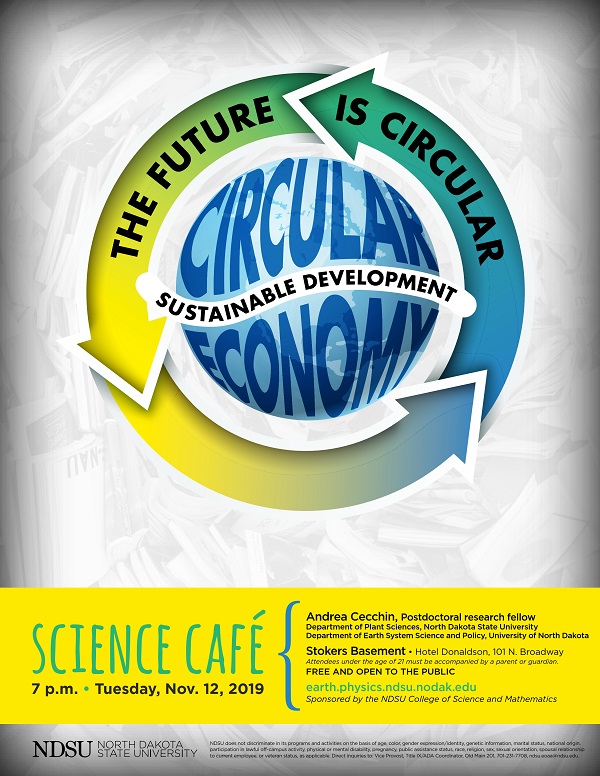
Polymers in Medicine: Brief history, current status and path forward
Mohi Quadir
Assistant Professor, Department of Coatings and Polymeric Materials, North Dakota State University
Abstract: Polymeric Materials have revolutionized the medical and healthcare industry. Newer therapeutic technologies have been developed using polymer science tools and techniques that has enabled us in our battle against debilitating diseases such as cancer, decreased risk of complicated surgical procedures, enhanced capacity for early detection of diseases, and improved the efficiency of medical treatment. We will describe how polymeric materials made their way into our current and standard medical practice, as well as how these materials are poised to change the future of healthcare industry through applications of nanotechnology in medicine. In this talk, we will discuss about the unmet needs that are still jeopardizing our efforts to improve human health and standard of life. We will also describe our effort at CPM, NDSU where we aim to develop new polymeric molecules and materials to improve healthcare.

Iron Oxides: from geological materials to applications
Thelma Berquo
Associate Professor, Department of Physics, Concordia College
Abstract: Oxygen and iron are the first and fourth most abundant elements on Earth, respectively. Thus, it makes sense that iron oxides are common compounds present in many diverse environments. Consequently, an understanding of the fundamental properties of iron oxides is important in many applications, such as environmental problems (for example, pollution and climate change), mineral physics research (e.g., magnetic mineralogy of Mars) and applications on biological studies (biomineralization). I this talk, I will explore how the use of Mössbauer spectroscopy and magnetization can help us to understand properties of iron oxides that are important in many of these applications.

The Future is Circular: On the Circular Economy and the Promise of a Sustainable Development
Andrea Cecchin
Department of Plant Sciences, North Dakota State University
Department of Earth System Science & Policy, University of North Dakota
Abstract: Around 2 billion people worldwide live in countries that actively promote the principles of circular economy. But, what is Circular Economy? The Circular Economy proposes a radical change in the current production and consumption systems, by minimizing the need for raw materials and non-renewable sources of energy, while drastically reducing the generation of waste. How does circular economy work? How do we make our products and services more circular? Will Circular Economy be able to change the way we make and use products in the US in a more sustainable way? These questions will be explored during the talk, and a particular emphasis will be given to examining the relationship between circular economy and sustainable development.